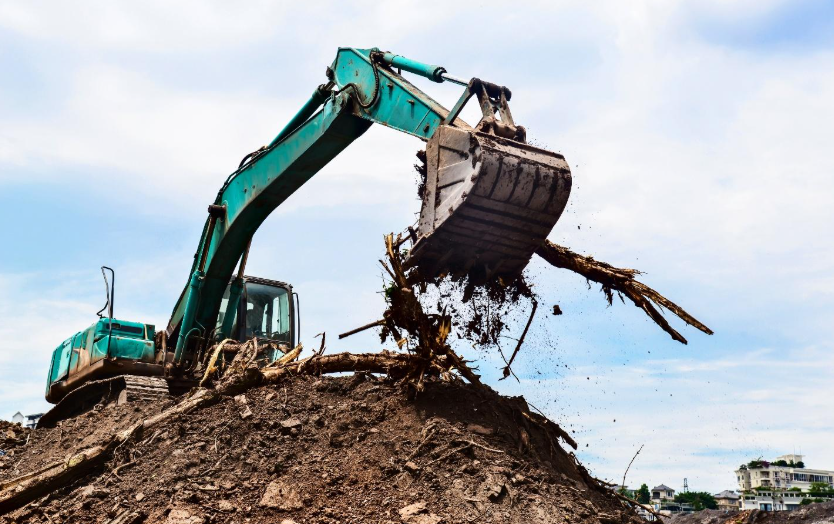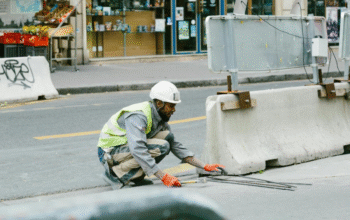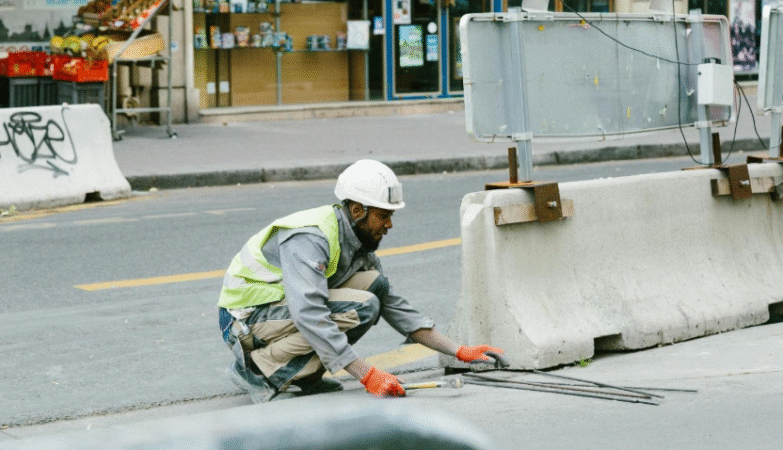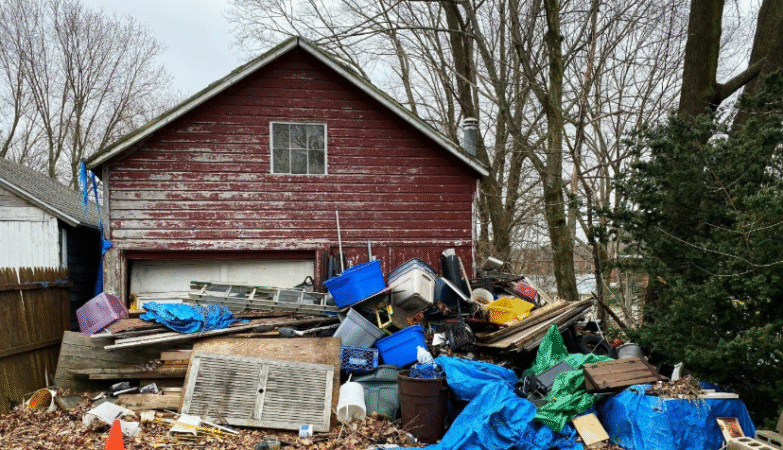When we agree to tear down an old building, the first thing we think about is the equipment—excavators, breakers, skid steers. However, the real muscle of a safe demolition lies within the paperwork and the system. Demolition permits, inspection, and cleanup rules protect a worker’s safety, neighboring properties, and the environment. They also protect our small business from costly delays. This article will outline the steps in the approval process to help us go from bid to backfill.
Permit Application Timeline
When contracting agencies tell us, “Do not touch a wall until the permit is stamped,” they do so for a reason: the permit lists safety stipulations, utility regulations, and debris routes. Visit this site to learn more. We first begin the search by retrieving all deed records, title/lease surveys, and any previous drawing of renovations. All are useful to prove who owns the lot and the location of the lot lines. The next step is reading the zoning regulations, then using the zoning map to confirm whether or not our intended use is legal. A simple and quick phone call to the planning desk will eliminate surprises at the counter.
Utility shutoffs follow. Power, gas, water, and telecom lines must be capped or removed before heavy equipment arrives. The utility provider usually gives a clearance letter; many jurisdictions will not accept an application without it. At the same time, we order an asbestos and lead survey. Even a vacant cinder-block warehouse can hide pipe insulation or lead-based paint. Laboratories often need five business days to release results, so we budget that extra week into our calendar.
Finally, we complete the formal application. Some cities still rely on paper, while others run sleek online portals. Either way, we attach site plans showing fence lines, staging zones, and storm-water controls. We also upload our construction waste management plan, outlining how we intend to recycle concrete and scrap metal. After submittal, the clock begins. Most localities promise an answer within 30 calendar days, but we pad another week for revisions. Submitting a thorough packet on day one is the best way to get the green light on day thirty.
- Gather property data early. Ownership records, boundary surveys, and utility maps form the backbone of any permit packet.
- Confirm zoning compatibility. A quick chat with the planning desk helps us avoid last-minute denials.
- Schedule utility shutoffs. Gas, water, and electricity must be capped or removed; utility letters usually accompany the permit request.
- Plan for waste handling. Listing our preferred construction waste hauling partner shows officials that we’re thinking beyond the breakdown.
Tip: Even if the building looks abandoned, an asbestos or lead assessment often adds a week to the timeline—factor that into your start date.
Who Inspects the Site?
Understanding each agency’s focus allows us to prepare documentation and answers ahead of time.
- Building Department – Confirms structural plans, shoring and demolition sequence
- Environmental Services – Checks haz-mat abatement procedures. See https://www.epa.gov/stationary-sources-air-pollution/asbestos-national-emission-standards-hazardous-air-pollutants for further reading.
- Public Works – monitors the condition of sidewalks, alleys and roads
- Fire Marshall – Reviews fire suppression readiness Issues, will likely be greater on larger commercial knock-down
In many cases, the inspectors will show up without notice. Having a daily log of dust control, fencing, and equipment maintenance will allow us to respond to questions immediately.
Common Code Violations
These errors show up on nearly every jobsite when attention drifts, so we keep them front-of-mind.
- Improper fencing or signage. Barriers under six feet or missing “No Entry” signs draw fast red tags.
- Dust and noise limits exceeded. Local ordinances may restrict work hours or require water sprays during concrete hammering.
- Unsecured debris. Wind-blown sheathing can halt operations until we prove debris piles are covered.
- Failure to separate recyclables. Some municipalities mandate that we divert a percentage of concrete and metal from landfills.
- Unpermitted equipment storage. Parking roll-off dumpsters on public streets without permission can trigger steep fines.
We avoid these pitfalls by training new hires on city code and posting checklists in the site trailer.
Debris Transport Guidelines
After the last wall falls, responsible hauling keeps the project on schedule and in compliance. We line up roll-off boxes sized for the footprint and verify that trucking routes bypass school zones during peak hours. In the Pacific Northwest, Spokane Valley debris removal regulations require a covered load and a manifest showing the material’s final destination.
Here’s where one trusted local partner can make all the difference:
Similar rules appear nationwide, so always:
- Log weigh-tickets. They prove tonnage for disposal fees and recycling credits.
- Use licensed demolition contractor transporters. Cities increasingly cross-check carrier registrations.
- Coordinate with recycling centers. Facilities may need advance notice for large concrete or steel loads.
Good record-keeping here also boosts our sustainability reports when bidding future jobs.
Penalties for Non-Compliance
Nothing is more expensive than getting cited for disruption of the demolition permits conditions, of course, in dollars and reputation. A stop-work order on a first offense for missing paperwork is likely to cost a contractor between one and five thousand dollars. The next day without work adds more overheads: rents on equipment, payroll, and the costs of our insurance extending. If the inspectors find uncontained hazardous wastes, the fines increase quickly; often, we could be looking at more than ten thousand dollars in fines, in addition to potential criminal charges filed against a company officer.
The wasteland of unmonitored illegal dumping creates its own strain to our business. Cities can track the disposal sites that suspicious request occur and share the names of violators. A crew caught abandoning rubble in a vacant lot loses its hauling license and will be hard pressed to find another demolition project in the future. Less dramatic errors suck too. Exceeding municipal quiet hours may only cost a few hundred dollars each incident, but if an official gets tired of responding to numerous noise citations, he can easily suspend or revoke our demolition permit altogether.
Conclusion
Obtaining demolition permits is not a red tape exercise, it is your path to a more efficient and profitable job. When we follow timelines, allow inspectors in, avoid common violations, and manage site-specific debris well, we are not only following regulations, but we are also demonstrating professionalism in building deconstruction and improving our neighborhoods for other users. Our processes for hazardous material abatement procedures and Construction Waste Management plans in each project provide stability and productivity for our crew and guarantees predictability in scheduling.
So, the next time we show up to a building for demolition permits, let’s remember the biggest tool in the trailer is a good permit with the discipline to adhere to every condition written on it.







